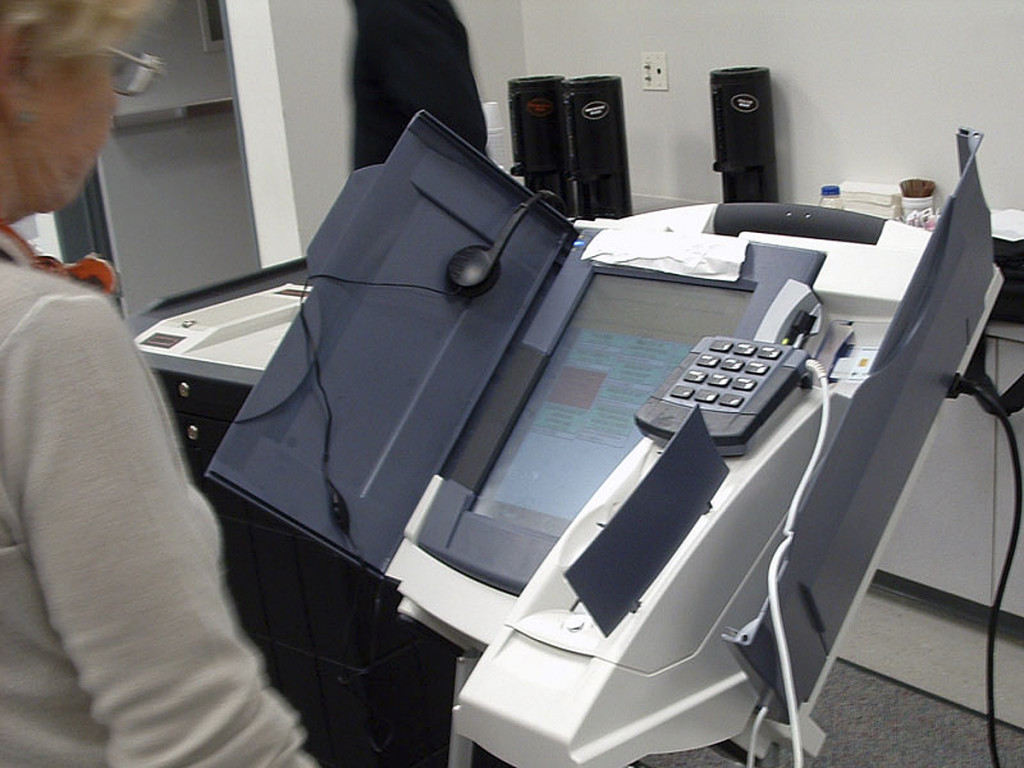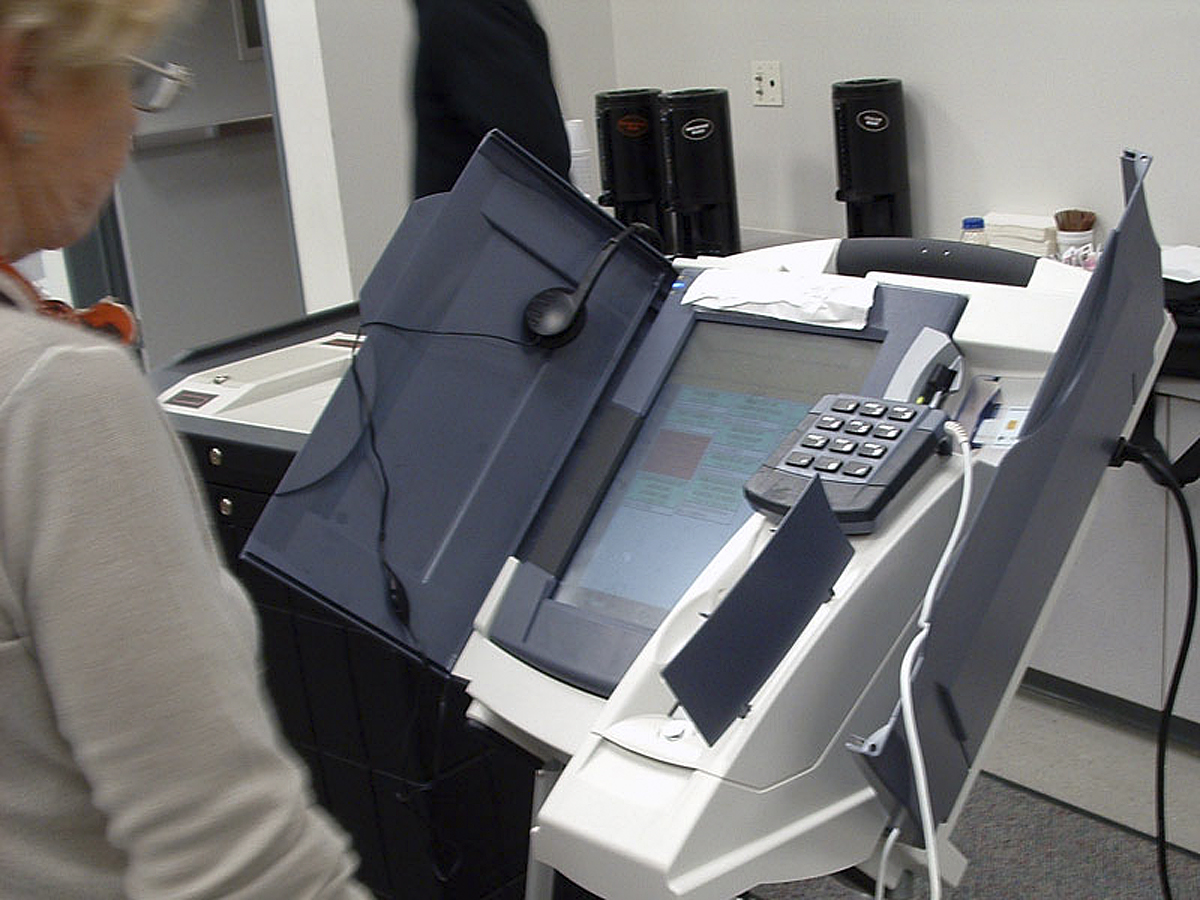
California officials are considering making a transition to elections conducted exclusively by mail. In recent years, more than half the ballots cast in California’s elections have been submitted by mail. This year’s election in particular broke the record set in 2012, with just under 70 percent of the 4.5 million votes cast in California primaries this year being sent in by mail. With these numbers, many election officials are advocating that California disband use of traditional polling places in favor a mail-only voting system.
Their arguments are primarily focused on running as efficient an election as possible. First, it costs around a third less overall to conduct election by mail than to operate facilities where people can vote in person. Second, there is no need to recruit or train workers to run the polling places. This allows government officials to focus resources on counting the votes that arrive at post offices. Third, when votes are only coming in by mail, the election does not have to stall to accommodate the votes that straggle in late in the election; those votes will be expected and not disregarded due to time constraints.
There are, however, several issues with using a mail-only election system. A voter who has had no experience with voting by mail may make errors, which will result in the ballot being disregarded when it should be counted. There is also the issue of young (18- to 30-year-old) voters, who, in addition to being less likely to vote anyway, are not necessarily likely to vote by mail (because, after all, I doubt many of the people in that age range still remember how to use the mail system).
To solve some of the problems present in elections, it is necessary to use modern technology to make voting even more convenient and fast-paced. Namely, a system by which voters can submit their votes by using some electronic medium, such as a website for voting, would be extremely useful for drawing in voters. It would take very little expense, possibly limited to the cost of developing a user-friendly vote-casting website and paying the people who would have to be paid to count the votes anyway. Not only would such an idea draw in younger voters, but it would also be easier for voters across the spectrum to vote, taking the same amount of time as current methods, but from the convenience of one’s home, or anywhere else that can get a Wi-Fi signal.
The website could be very simple. Open the page and select a language, input certain information (name, age and whatever other personal identifiers are currently used in voting) and the system allows you to access it. The page shows everything (propositions and people) that are being voted on this year. If you haven’t read up on the election, you can click on someone or something, and the page gives you the information pertaining to them. You then merely have to check off each vote, log out and you are done.
Such a system is a logical extension of what already happens online. If people conduct business and purchase things online, and register for who knows what online, voting cannot be any more harmful. Indeed, there is perhaps less risk, considering that one need not input a credit card to vote, whereas other online business often requires one. Hence, one’s finances are not imperiled by online voting. The information one would need to register and vote (such as a Social Security number) is already endangered by standard voting methods, so the risk of fraud in online voting is the same as for mail-in votes.
Anyone who can legally vote in California would be able to vote online easily. Only those who lack a computer would have difficulty, forcing them to vote at some public computer. An alternative for people with this situation would be to continue use of voting by mail; being able to vote from home, they would not have to vote at a public voting place, which, ultimately, is the goal of voting by mail. Thus there is no need to establish an exclusively mail-in voting system if the commitment to an online system of voting is made.
If voting were conducted exclusively (or primarily) by an electronic mode, the investment in time, resources and people involved in running an election conducted by a physical means would be lessened, almost completely removed. Thus, we accomplish the need for efficiency and the need for increased involvement, the metaphorical two birds with one stone.








